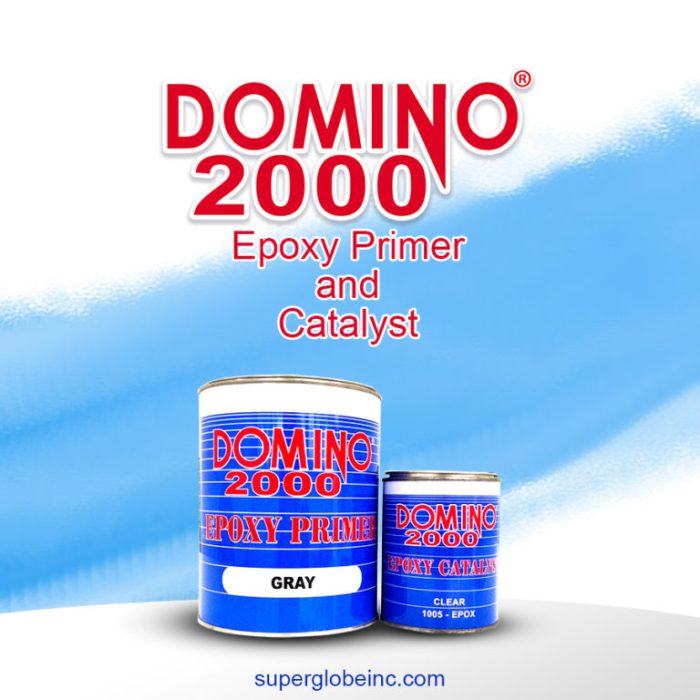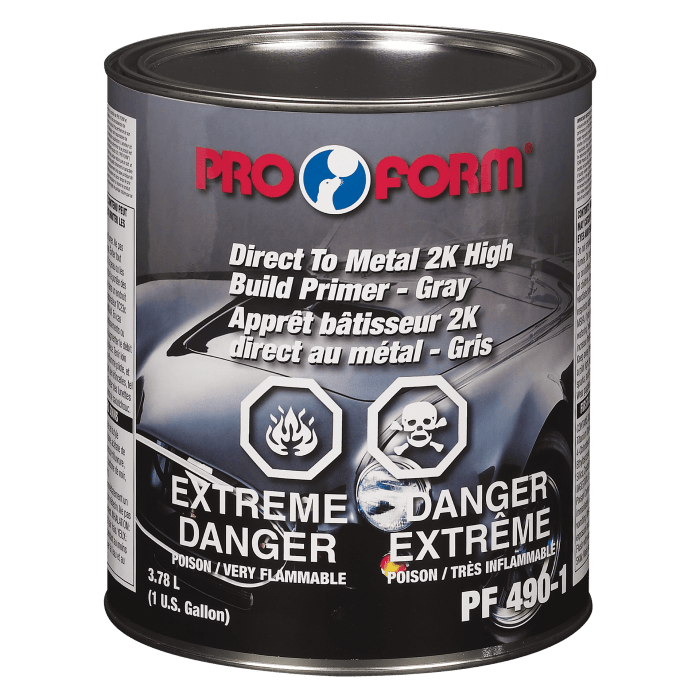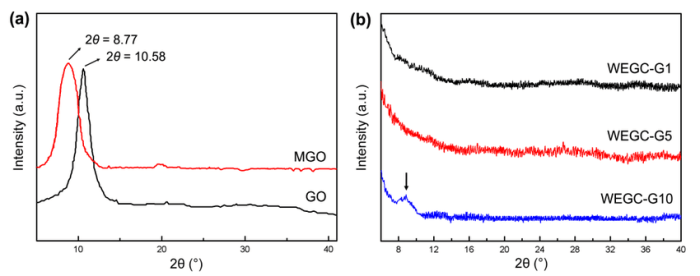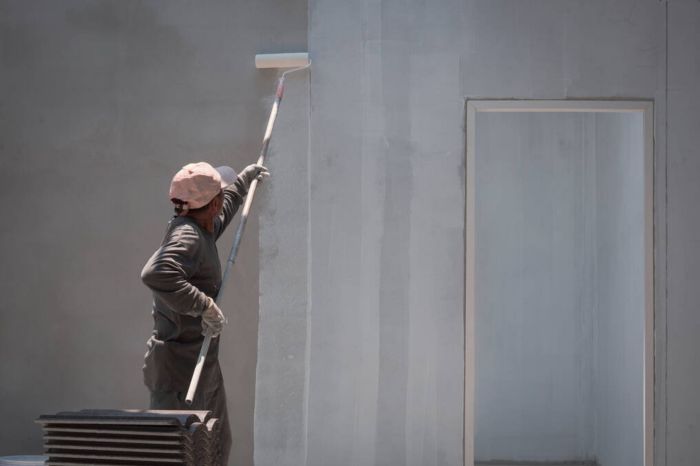Some waterborne primer-surfacers may be used over bare steel – Some waterborne primer-surfacers can be effectively utilized over bare steel, offering exceptional benefits in corrosion resistance, surface preparation, and coating compatibility. Understanding the types, application techniques, and compatibility aspects of these primers is crucial for achieving optimal results in various industrial and automotive applications.
This comprehensive guide delves into the advantages, application methods, drying and curing processes, compatibility considerations, and safety precautions associated with waterborne primer-surfacers for bare steel. By providing practical insights and expert recommendations, this article empowers professionals to make informed decisions and achieve superior outcomes in their projects.
Primer-Surfacers for Bare Steel: Some Waterborne Primer-surfacers May Be Used Over Bare Steel

Primer-surfacers are essential for protecting and preparing bare steel surfaces before painting. They provide a smooth, corrosion-resistant base for subsequent coatings and enhance adhesion and durability.
There are several types of primer-surfacers available, each with its unique properties and applications. Some are designed specifically for bare steel, while others can be used on various substrates. Common types include:
- Epoxies: Known for their excellent adhesion and corrosion resistance.
- Alkyds: Fast-drying and easy to apply, but less durable than epoxies.
- Acrylics: Water-based and environmentally friendly, but may require multiple coats.
Examples of Primer-Surfacers for Bare Steel
Some waterborne primer-surfacers may be used over bare steel. These include:
- Rust-Oleum Professional High Performance Primer
- Sherwin-Williams Pro Industrial High-Build Primer
- Valspar Universal Primer
Application of Primer-Surfacers

Proper surface preparation is crucial before applying primer-surfacers. This includes cleaning the steel surface to remove dirt, grease, and rust. Sanding or wire brushing may also be necessary to create a smooth surface.
Primer-surfacers can be applied using various methods:
- Brushing: Suitable for small areas or touch-ups.
- Rolling: Efficient for larger surfaces, but may leave brush marks.
- Spraying: Provides a smooth, even finish but requires specialized equipment.
Importance of Drying and Curing
Allowing primer-surfacers to dry and cure properly is essential for optimal performance. Drying time varies depending on the product and environmental conditions, but typically takes several hours. Curing time, the process where the primer-surfacer hardens and gains strength, can take up to several days.
Factors affecting drying and curing time include temperature, humidity, and film thickness. To ensure proper drying and curing:
- Apply primer-surfacers in a well-ventilated area.
- Follow the manufacturer’s recommended application thickness.
- Allow ample time for drying and curing before applying subsequent coatings.
Compatibility of Primer-Surfacers

Primer-surfacers must be compatible with subsequent coatings to ensure adhesion and performance. Compatibility depends on factors such as the type of primer-surfacer, the type of topcoat, and the intended application.
Commonly compatible coatings for primer-surfacers used over bare steel include:
- Enamels: Durable and glossy finishes.
- Polyurethanes: High-performance coatings with excellent chemical resistance.
- Acrylics: Water-based and environmentally friendly, but less durable than other options.
Safety Precautions, Some waterborne primer-surfacers may be used over bare steel
Primer-surfacers contain volatile organic compounds (VOCs) and other potentially harmful chemicals. It is important to take appropriate safety precautions when using them:
- Wear gloves, protective clothing, and a respirator.
- Work in a well-ventilated area.
- Avoid contact with skin and eyes.
- Dispose of primer-surfacers and related materials properly.
Expert Answers
What are the advantages of using waterborne primer-surfacers over bare steel?
Waterborne primer-surfacers offer several advantages, including improved corrosion resistance, enhanced adhesion to bare steel, reduced VOC emissions, and compatibility with a wide range of topcoats.
How should I prepare the bare steel surface before applying a waterborne primer-surfacer?
Proper surface preparation is crucial for optimal adhesion. The bare steel surface should be cleaned, degreased, and abraded to create a suitable profile for the primer-surfacer to adhere to.
What is the recommended drying time for waterborne primer-surfacers?
Drying time varies depending on the specific product and environmental conditions. Generally, waterborne primer-surfacers require several hours to dry to the touch and overnight to fully cure.
Can I apply multiple coats of waterborne primer-surfacer?
Yes, applying multiple coats can enhance protection and durability. However, each coat should be allowed to dry completely before applying the next.
What types of topcoats are compatible with waterborne primer-surfacers used on bare steel?
Waterborne primer-surfacers are compatible with various topcoats, including alkyd-based paints, acrylic latex paints, and epoxy coatings. Consult the manufacturer’s recommendations for specific compatibility information.
